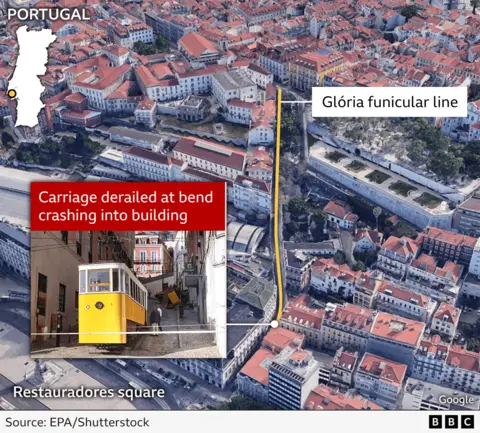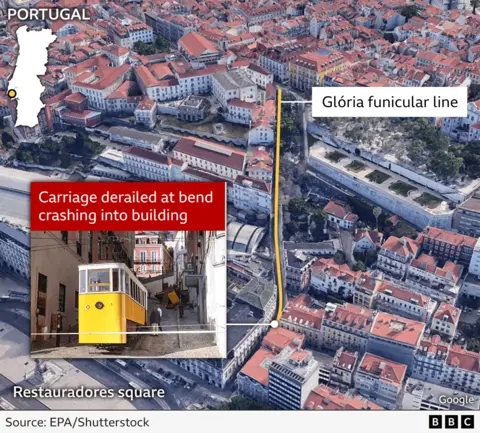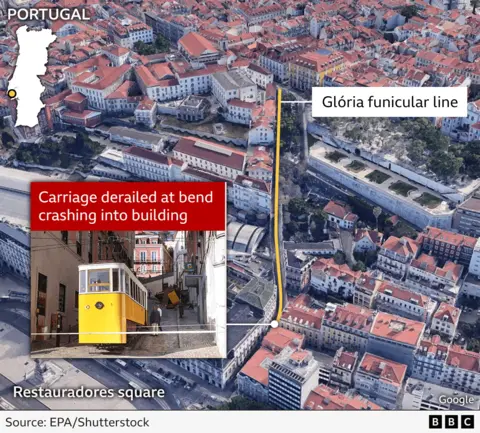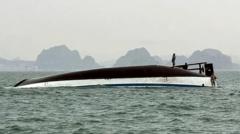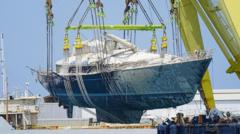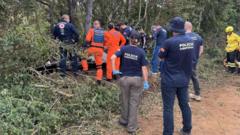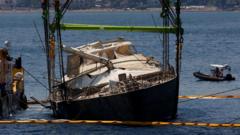The Bayesian superyacht, which tragically sank off the coast of Sicily last year, taking the lives of seven individuals, has been scrutinized in a recent investigation by British maritime authorities. This inquiry suggests that a sudden and extreme gust of wind was primarily responsible for the vessel's rapid capsizing and subsequent sinking. Eyewitness accounts reveal that just before the disaster, a young deckhand opted to post a video of the approaching storm on social media, delaying the captain's alertness to the deteriorating conditions.
According to Captain Andrew Moll of the Marine Accident Investigation Branch, once the yacht tilted past a critical angle of 70 degrees, recovery was rendered impossible. This catastrophic situation unfolded in a matter of minutes, with water breaching cabins and passengers frantically attempting to escape in the chaos that ensued.
The report highlights the Bayesian's notable design feature—a towering single mast, which rendered the yacht particularly susceptible to tipping over in high winds. This design choice sets the Bayesian apart from similar vessels manufactured by the Italian company Perini Navi, which typically feature a double-mast design that offers improved stability. Prior reportage by the New York Times indicated concerns about the Bayesian's design, emphasizing its distinction as an anomaly among its fleet.
While Perini Navi asserted the yacht's "unsinkable" nature under proper operation, external reviewers of the investigation are less confident about the vessel's overall stability, raising questions about its ballast and superstructure configuration. The tragedy serves as a grave reminder of the potential dangers associated with maritime operations, especially when combining extreme environmental conditions with flawed design and operational lapses.



